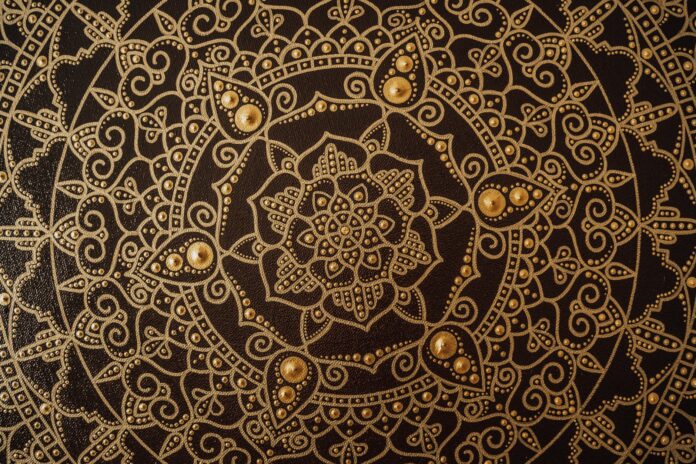Mandala colouring combined with cutting-edge computing and brain-sensing technologies can help people achieve mindfulness.
What is a Mandala?
Mandalas are geometric shape configurations. Moreover, colouring the Mandala shapes is very popular because it lets people be mindful of the moment. It helps people improve their mental health and well-being.
Researchers of human-computer interaction, at Lancaster University have developed a prototype that can monitor signals of the brain while colouring the mandalas. In addition to producing real-time feedback on a peripheral display, representing different levels of mindfulness.
Researchers believe that these new computing technologies can help people think that they could aid in learning and training mindfulness techniques that require attention and focus. It helps people deal with mental health disorders, stress, and depression.
Prototype Amina
Researchers interviewed experienced mandala practitioners to know what the special qualities of mandala colouring are. In addition to how it can achieve mindfulness using the prototype.
The prototype that is called Amina comprises a tablet device users can colour mandala shapes in. Furthermore, it includes a wearable ECG headset that reads the brain signals of the person wearing it; and a second display shaped like an artists’ palette placed in a user’s periphery.
Professor Sas said,
“Making sense of EEG data and capturing it effectively through design is not a trivial process. It was important that the colours appearing on the peripheral display, which was decoupled from the main screen, were ambiguous and subtle in order to provide the ability for users to openly monitor their mindfulness but not in a way that distracted their attention from the colouring itself.”
“The study outcomes suggest two important and previously unrecognized roles of the mandala: capturing emotional memories and reflecting on them. The technology could support both these roles in ways paper-based mandalas are less able to do so. Participants noted they would much prefer to re-engage with their completed mandala at the reflection stage, and that they longed to even recolour them, often in more positive colours after they had reflected and their mental situation had shifted. Technologies would be able to make this more possible.”




